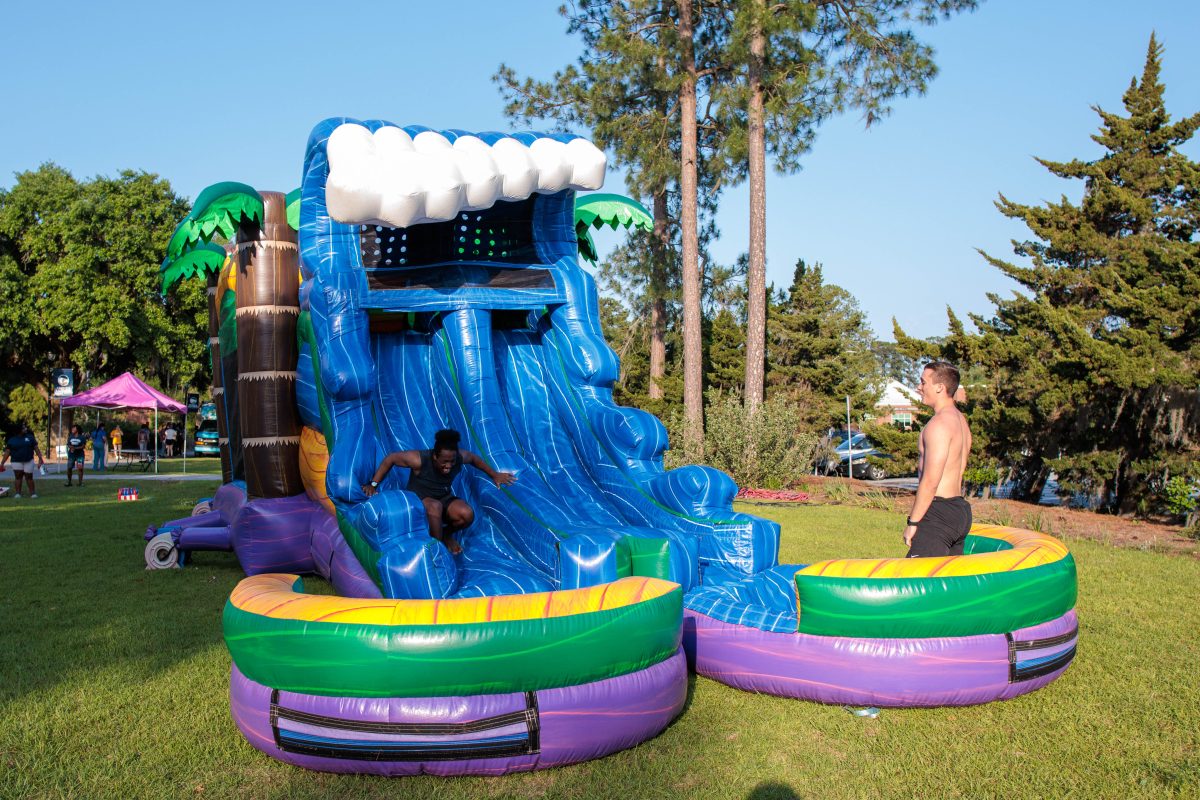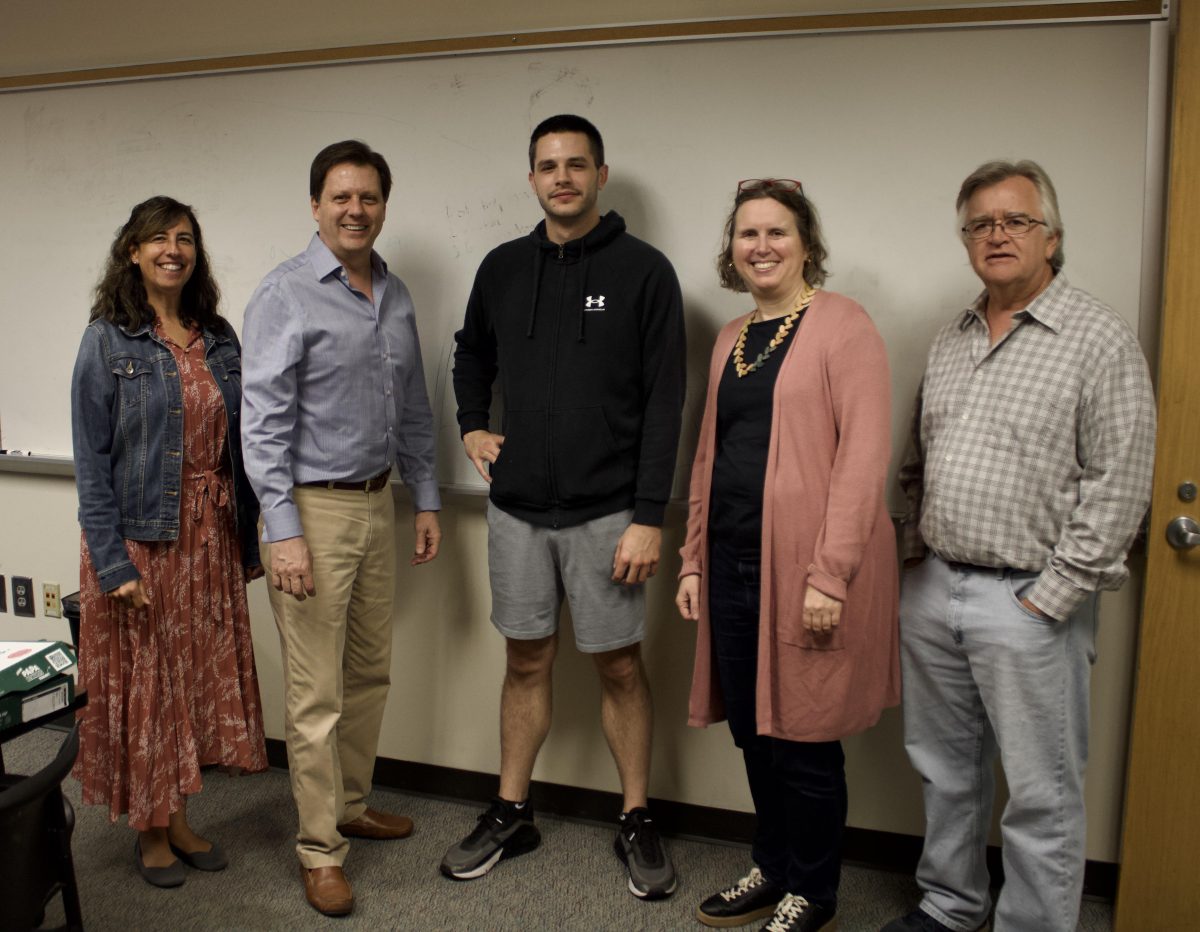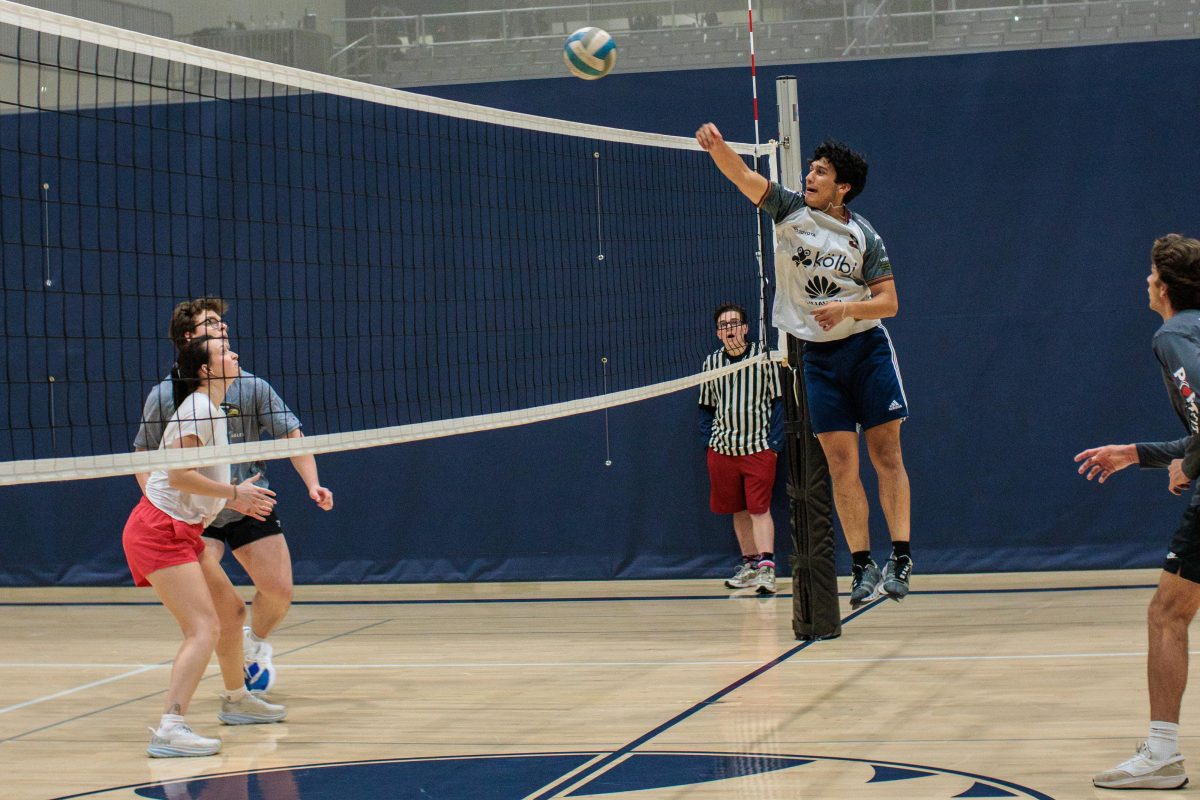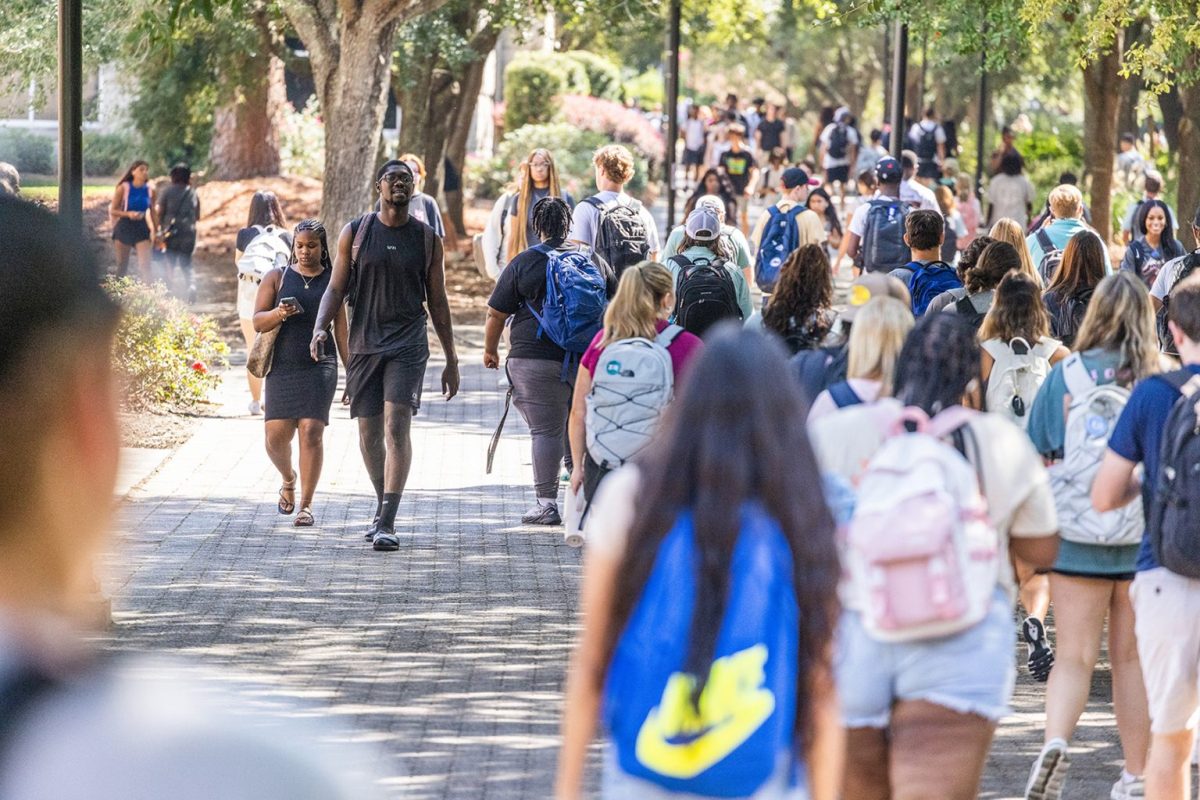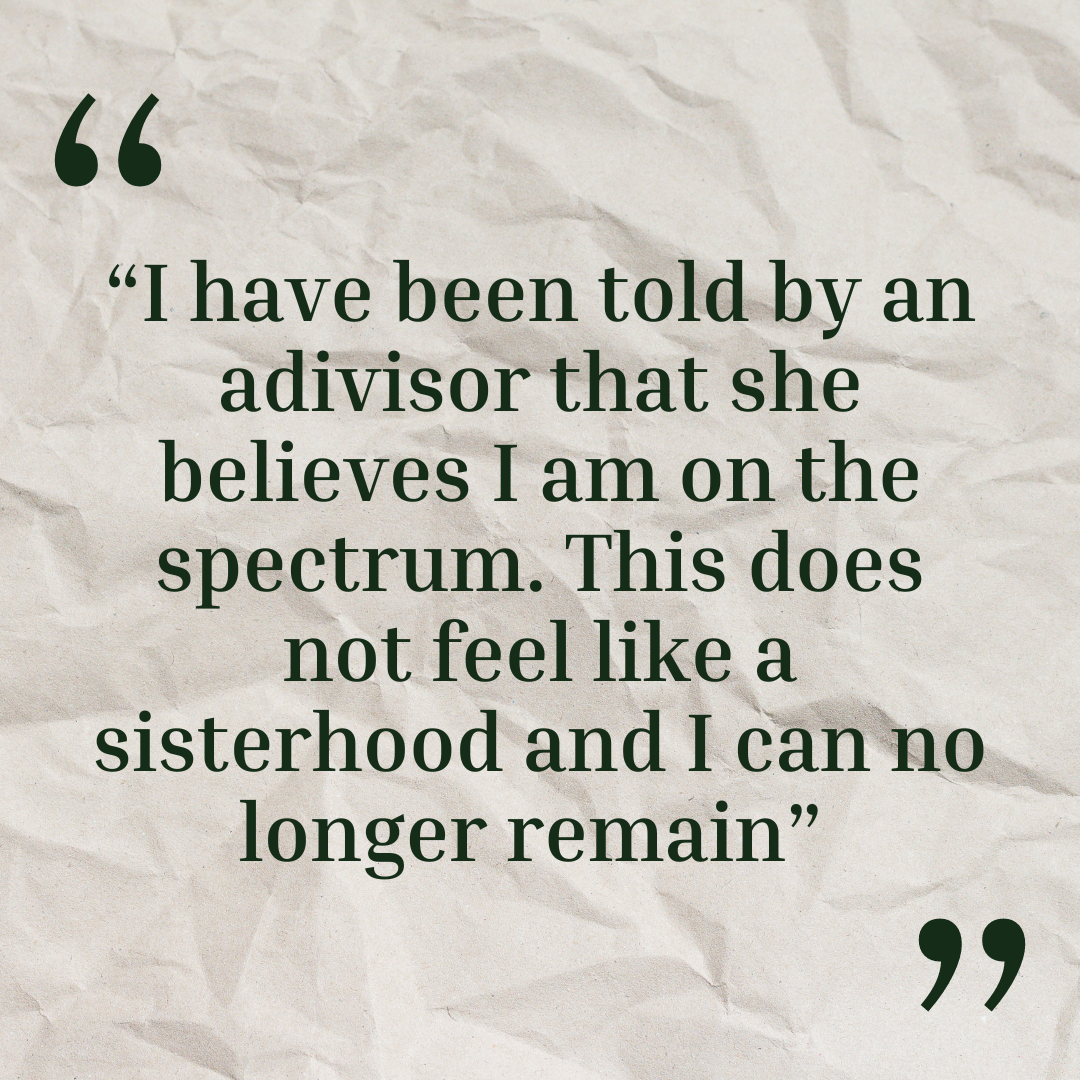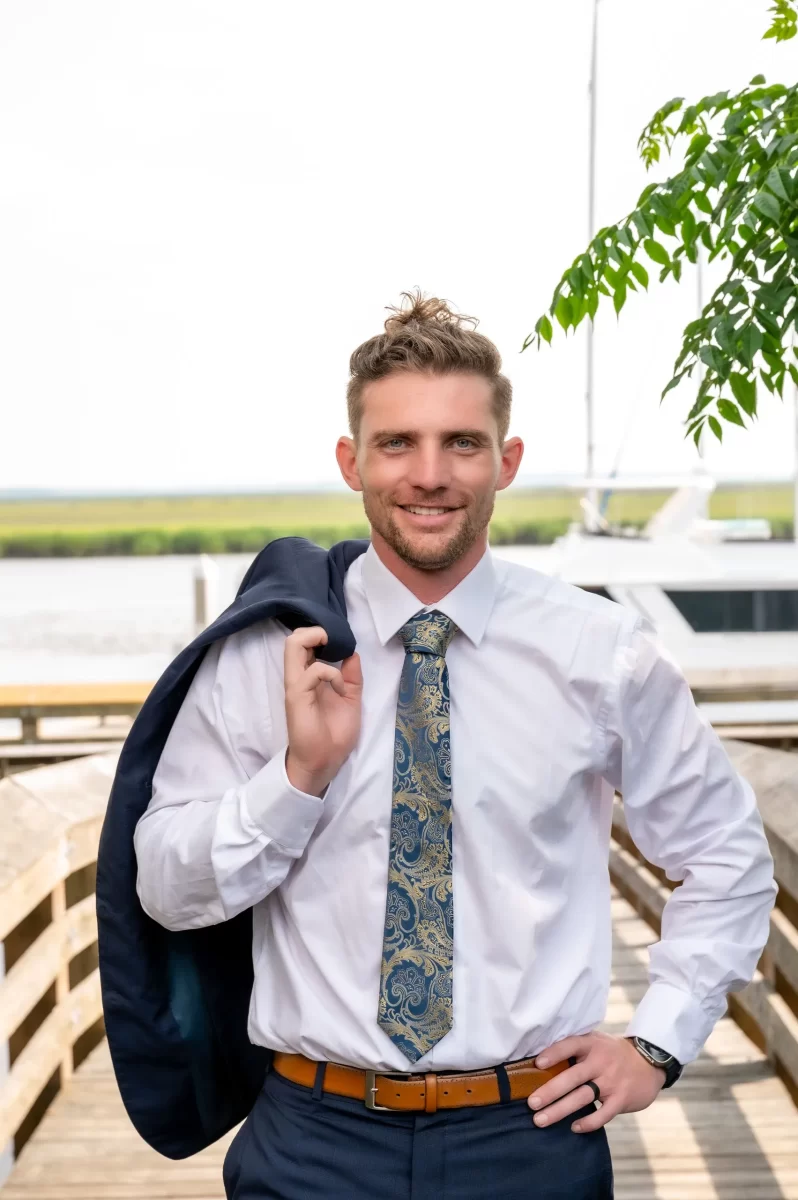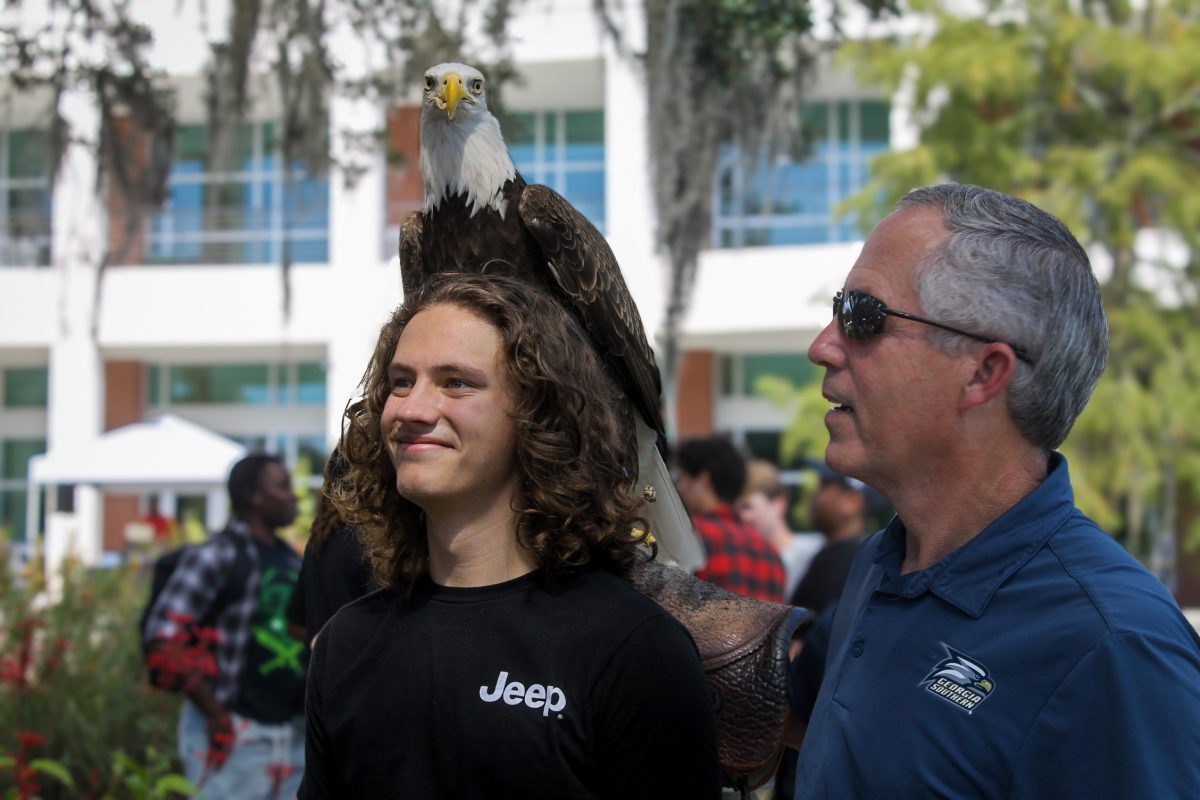James Watson, Staff Writer
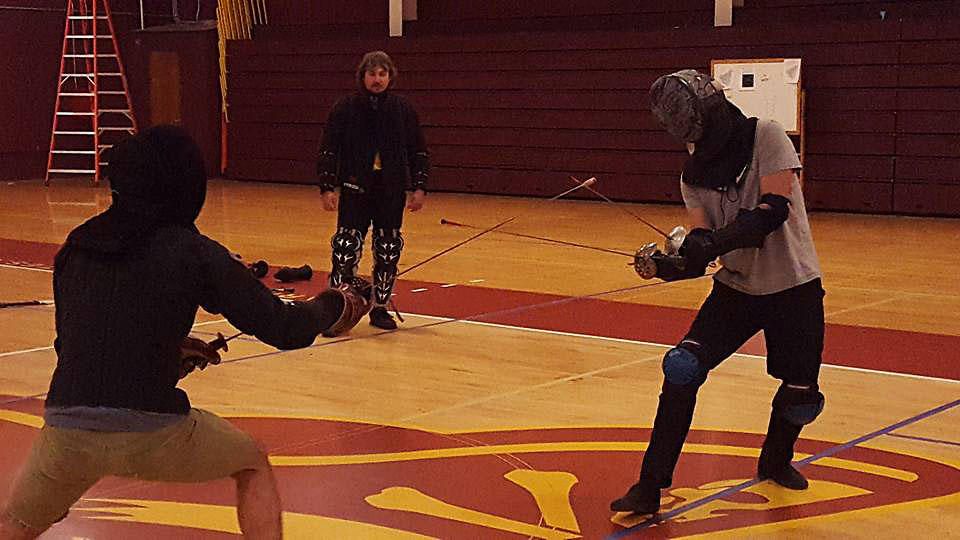
Though the Historic Fencing Club has been active in Savannah for two years, it has only been recognized as an official Armstrong student organization this semester.
The Historic Fencing Club practices for and competes in events based on Historic European Martial Arts (HEMA) and adheres to Olympic-style fencing rules.
“This is specifically not the Olympic sport,” Zachary Springer, president of the Historic Fencing Club, said.
HEMA practitioners train with a variety of weapons including long sword, saber, spear, dagger and rapier, as well as practicing a type of wrestling called Ringen. Ringen is similar to regular wrestling but instead of taking an opponent to the ground, it focuses on “standing action,” according to Springer.
Springer placed first in his weight class for Ringen at the 2016 South East Renaissance Fencing Open in Atlanta while club member Marshall Strong took second place in Ringen as well as the event’s invitational longsword competition.
The club recently hosted a Georgia regional on-campus training camp Saturday, Nov. 22.
“It is heavy. You do get hit,” Springer explained. “I’d make the comparison that Olympic fencing is to two hand touch football, whereas long sword fencing is like rugby.”
Though it is a contact sport, Springer explained that injuries are rare and protection is always worn during practice and competition. Protective gear includes a fencing mask with neck flaps to protect the back of the neck and head, padded jackets, heavy gloves, a protective collar and knee and shin pads.
Though HEMA as a sport originated in the 80s, techniques used in competition are based off fighting manuals from the 1300s.
“It’s gone from a few groups that are really exclusive […] to national organizations,” Springer said.
The lesser-known sport is on the rise. Springer explained that HEMA is more popular in Europe but is growing in the United States. The largest U.S. competition, known as “Longpoint,” had over 150 competitors this year and ESPN Online has featured the finals of HEMA events at an international martial arts competition.
The club currently has around ten members, though Springer is hopeful more people will want to participate in the future.
“We are always looking to grow,” Springer said, adding that though Olympic style fencing is not currently part of the club’s activities, that may change in the future if people are interested.
Springer also hopes to inject academia into the sport. Having completed a heart rate study at Longpoint, Springer hopes to be able to use academic research to build a highly competitive team.
The Historic Fencing club practices Monday and Wednesday from 6–9 p.m. upstairs in the Alumni Arena. They also meet for group exercises Friday from 6–8 p.m. at the Student Rec Center. Practices are open to the public and gear and experience are not required
For more information, contact Zachary Springer at zs3987@stu.armstrong.edu or 912-704-7248.




